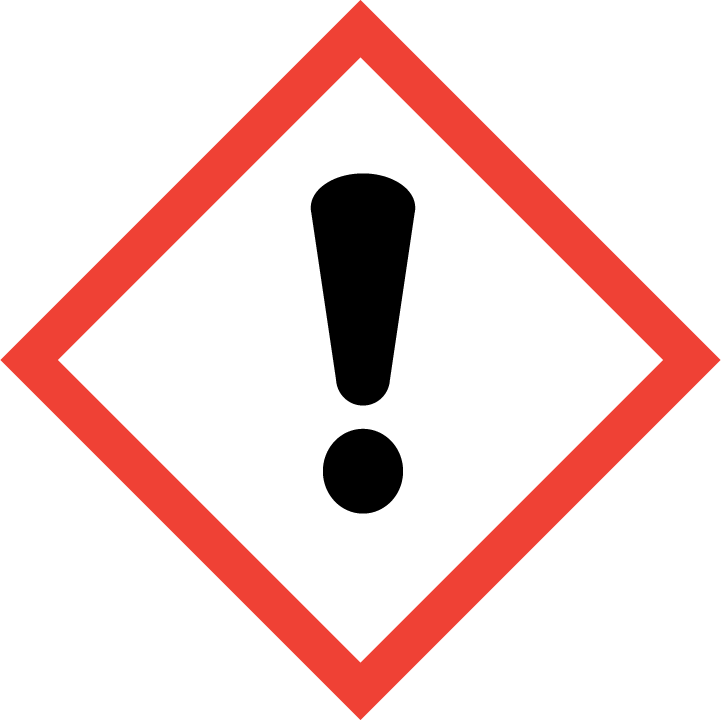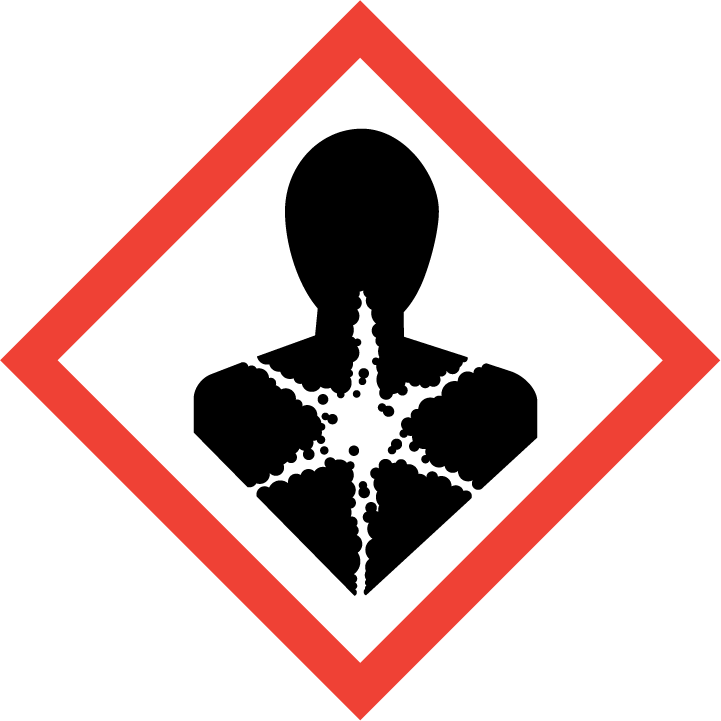Geistlich 1C PUR wood adhesive
750 gMore than 10 pieces in stock at third-party supplier
Product details
The 1C PUR wood adhesive Transrap from Geistlich is a moisture-curing PUR reaction adhesive that is characterised by a short open and pressing time. It offers high joint strength and is ideal for water and weather-resistant adhesive joints both indoors and outdoors. This versatile wood glue is ideal for bonding wood and wood-based materials, non-combustible building boards and a variety of other materials. It is particularly suitable for the production of windows and shutters, mould bonding, staircase construction and load-bearing components. The adhesive cures with slight foaming and offers water resistance in accordance with EN 204-D4 and heat resistance of over 140°C (EN 14292). Processing is efficient, as parts must be joined within a maximum of 15 minutes and pressed for at least 30 minutes. Moisture-curing PUR reaction adhesive with short open and pressing times. High joint strength for water- and weather-resistant joints. Suitable for wood, wood-based materials and non-combustible building boards. Water resistance according to EN 204-D4. Heat resistance above 140°C (EN 14292).
Material application | Wood |
Area of use | Inside, Outside |
type of adhesive | Wood glue |
Documents | Safety data sheet.pdf |
Item number | 5723975 |
Manufacturer | Geistlich |
Category | Glue |
Manufacturer no. | 9576.01 |
Release date | 19.8.2015 |
Sales rank in Category Glue | 177 of 1070 |
Colour | Transparent |
Exact colour description | Transparent |
Material group | Plastic |
Material | Polyurethane |
type of adhesive | Wood glue |
container shape | Flask |
Heat resistant up to | 140 °C |
Material application | Wood |
Area of use | Inside, Outside |
CO₂-Emission | |
Climate contribution |
Items per sales unit | 1 Piece |
Length | 290 mm |
Weight | 750 g |
Length | 29.20 cm |
Width | 7.70 cm |
Height | 7.20 cm |
Weight | 825 g |
 GHS07 Health hazard
GHS07 Health hazard GHS08 Severe health hazard
GHS08 Severe health hazard- H332 Harmful if inhaled.
- H315 Causes skin irritation.
- H319 Causes serious eye irritation.
- H334 May cause allergy or asthma symptoms or breathing difficulties if inhaled.
- H317 May cause an allergic skin reaction.
- H351 Suspected of causing cancer.
- H335 May cause respiratory irritation.
- H373 May cause damage to organs through prolonged or repeated exposure.